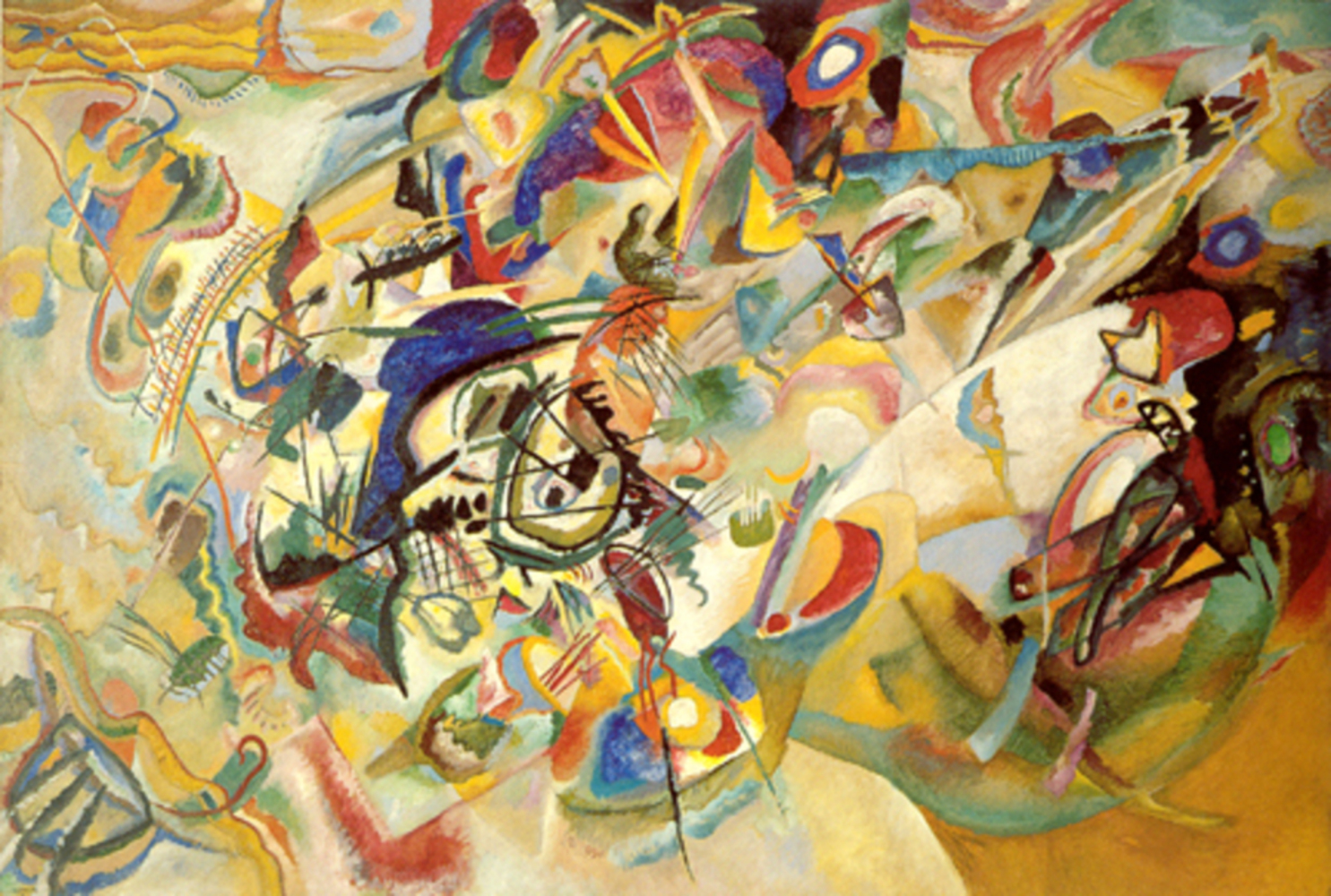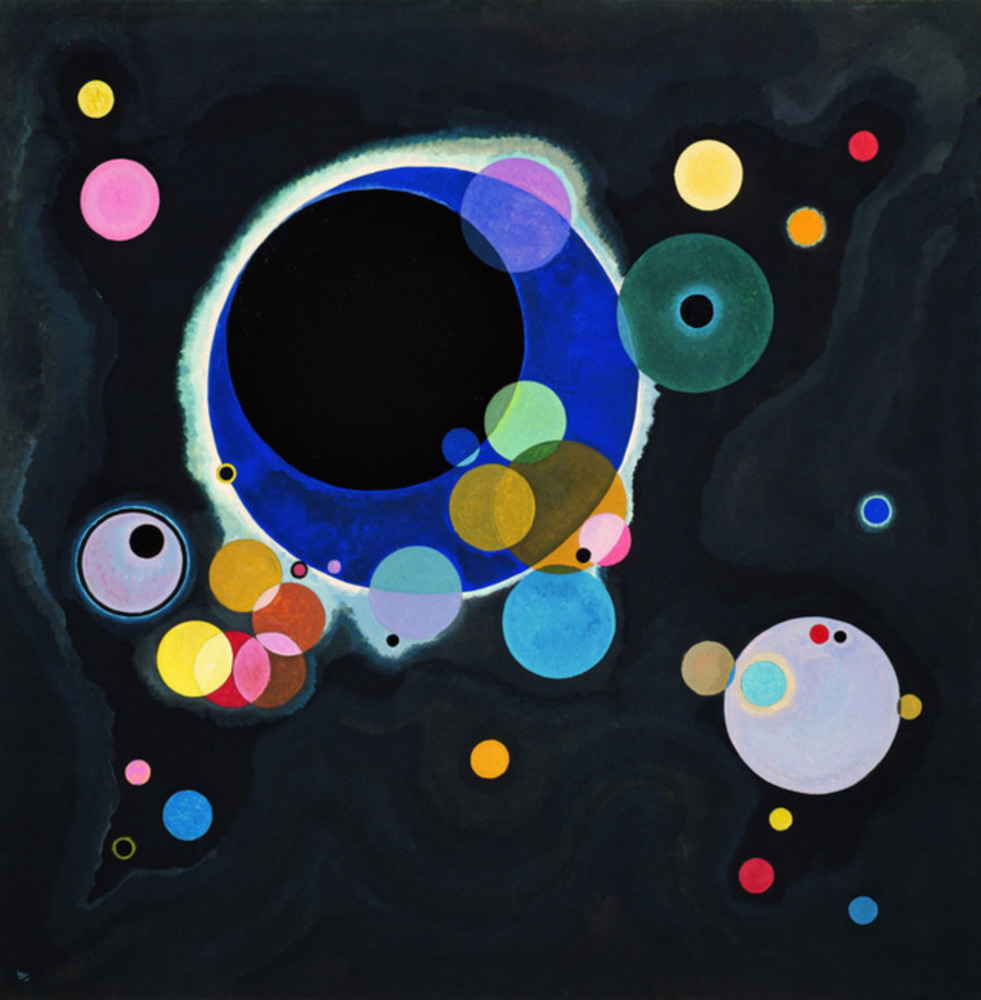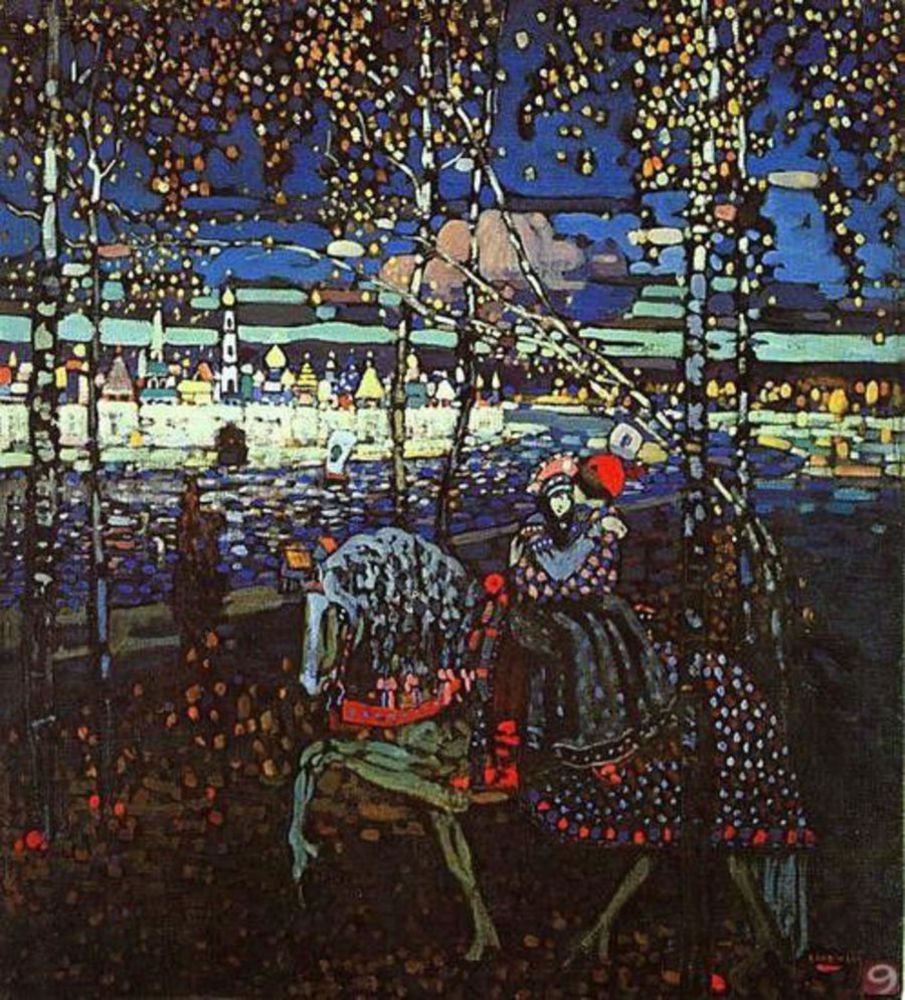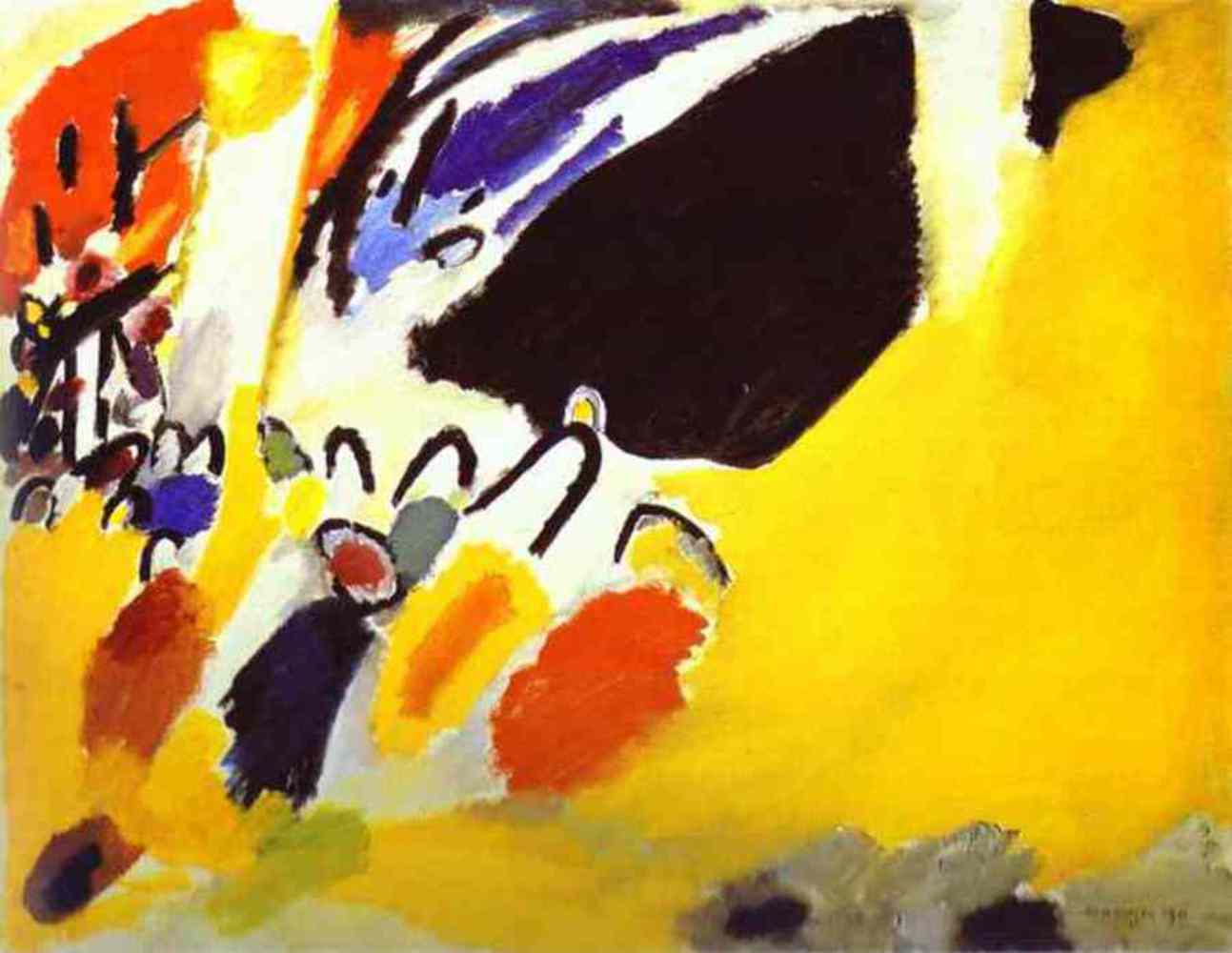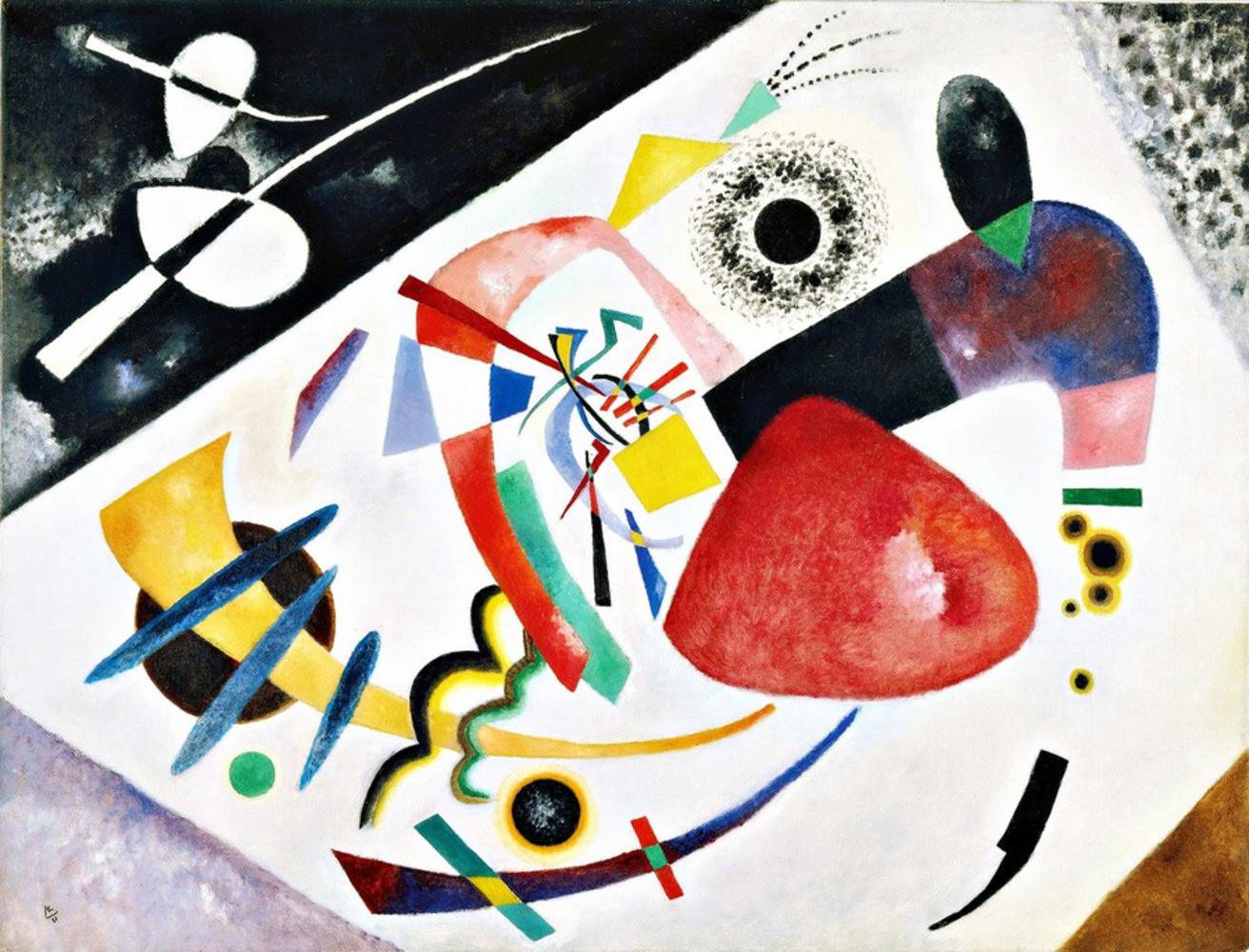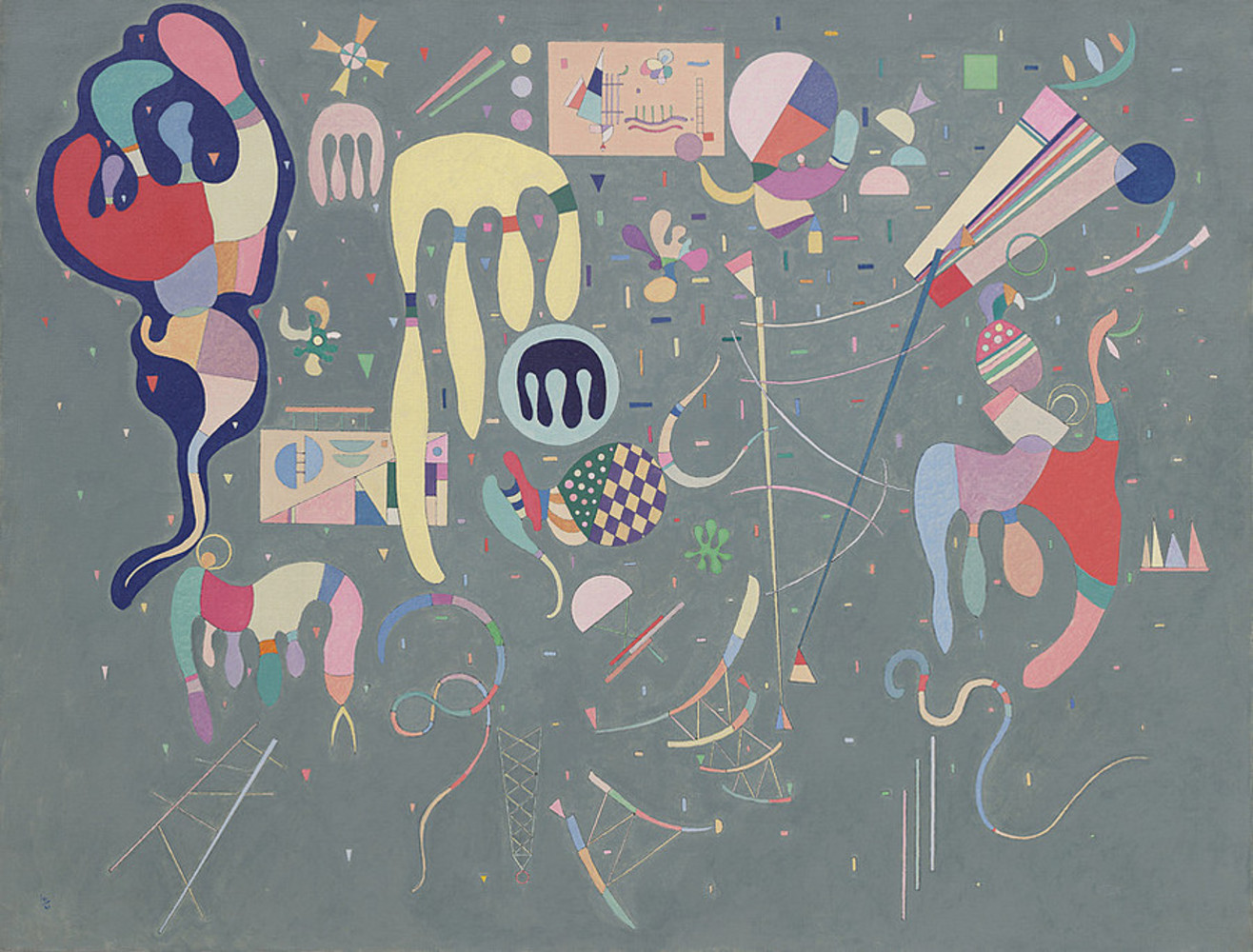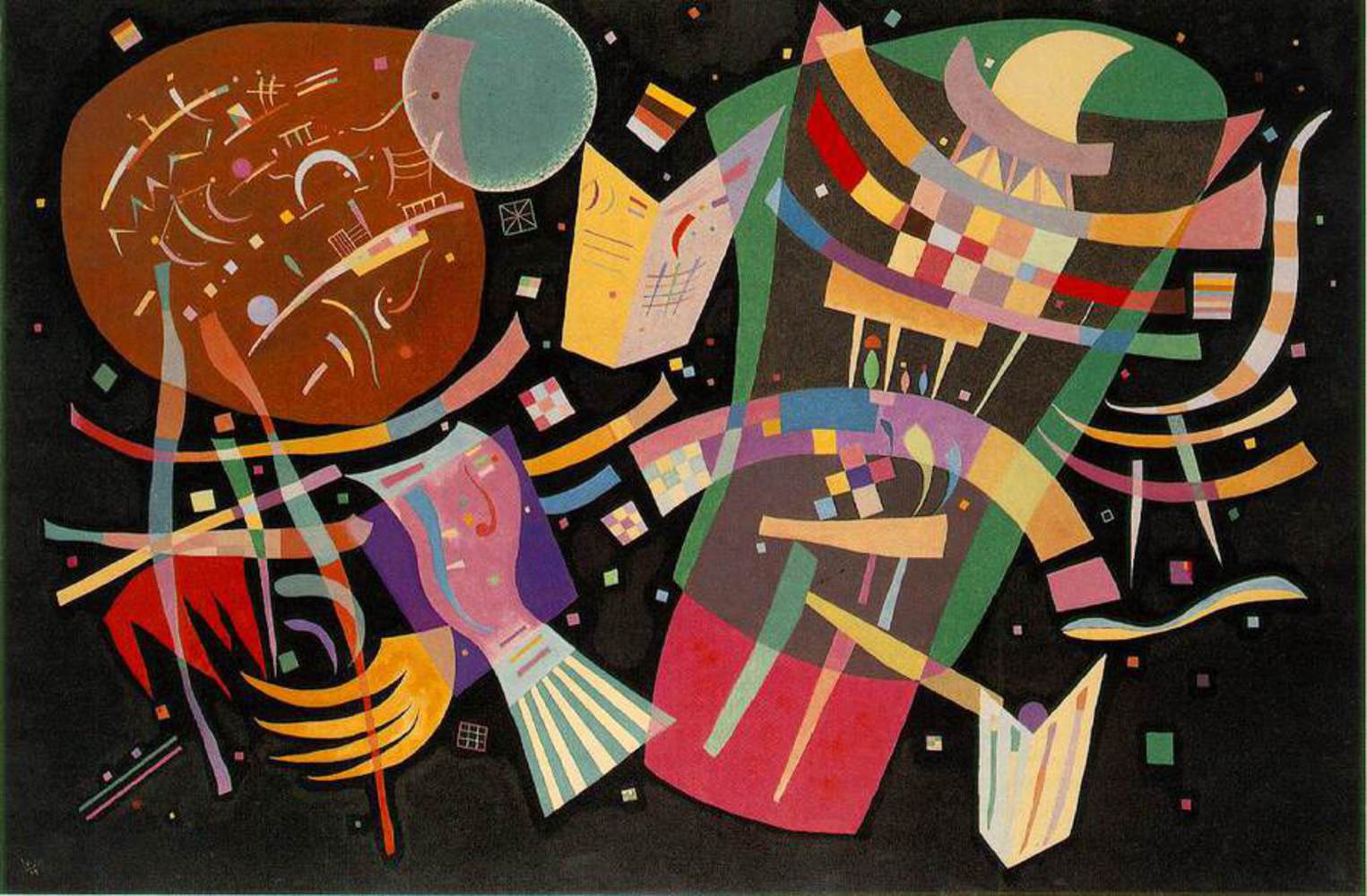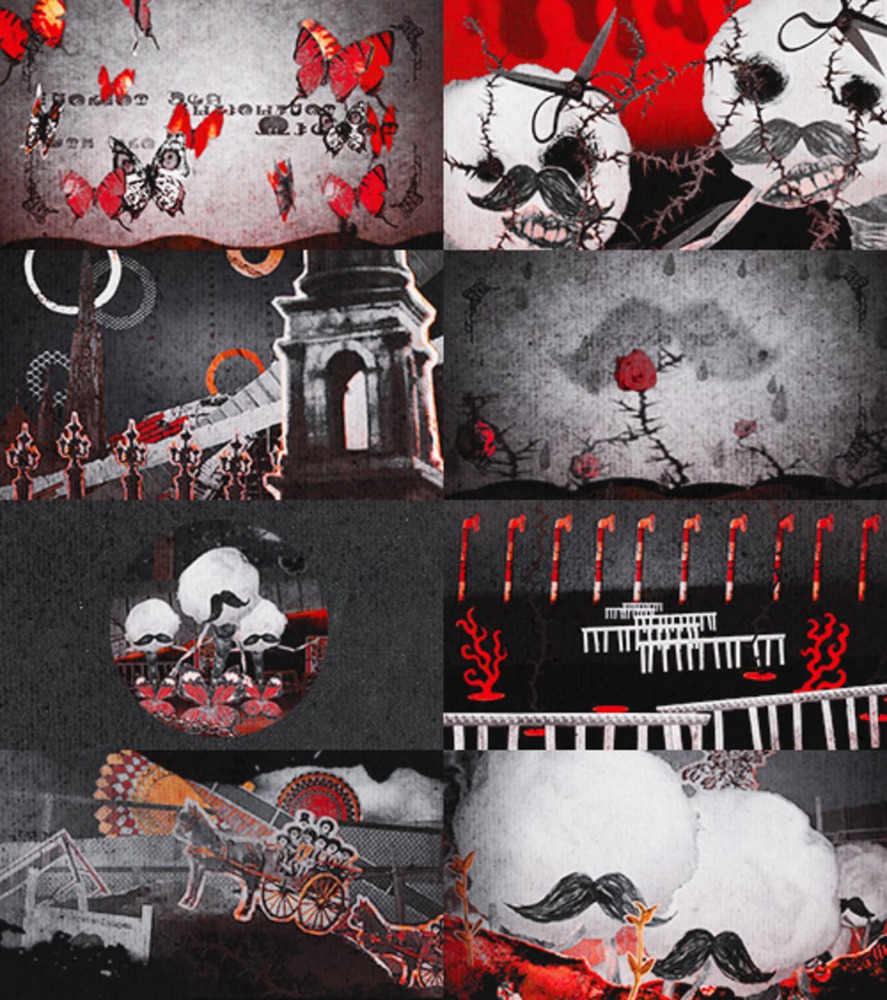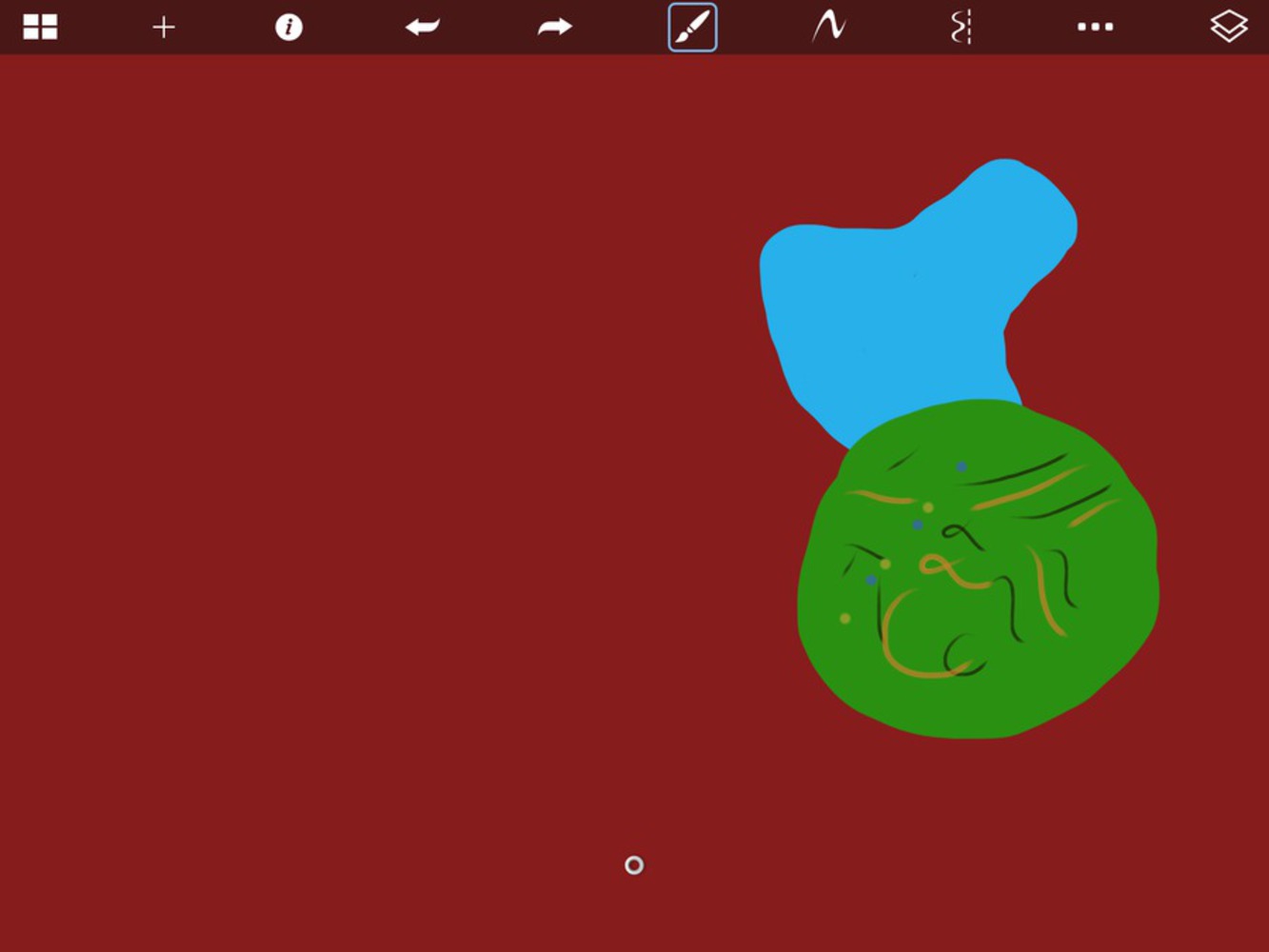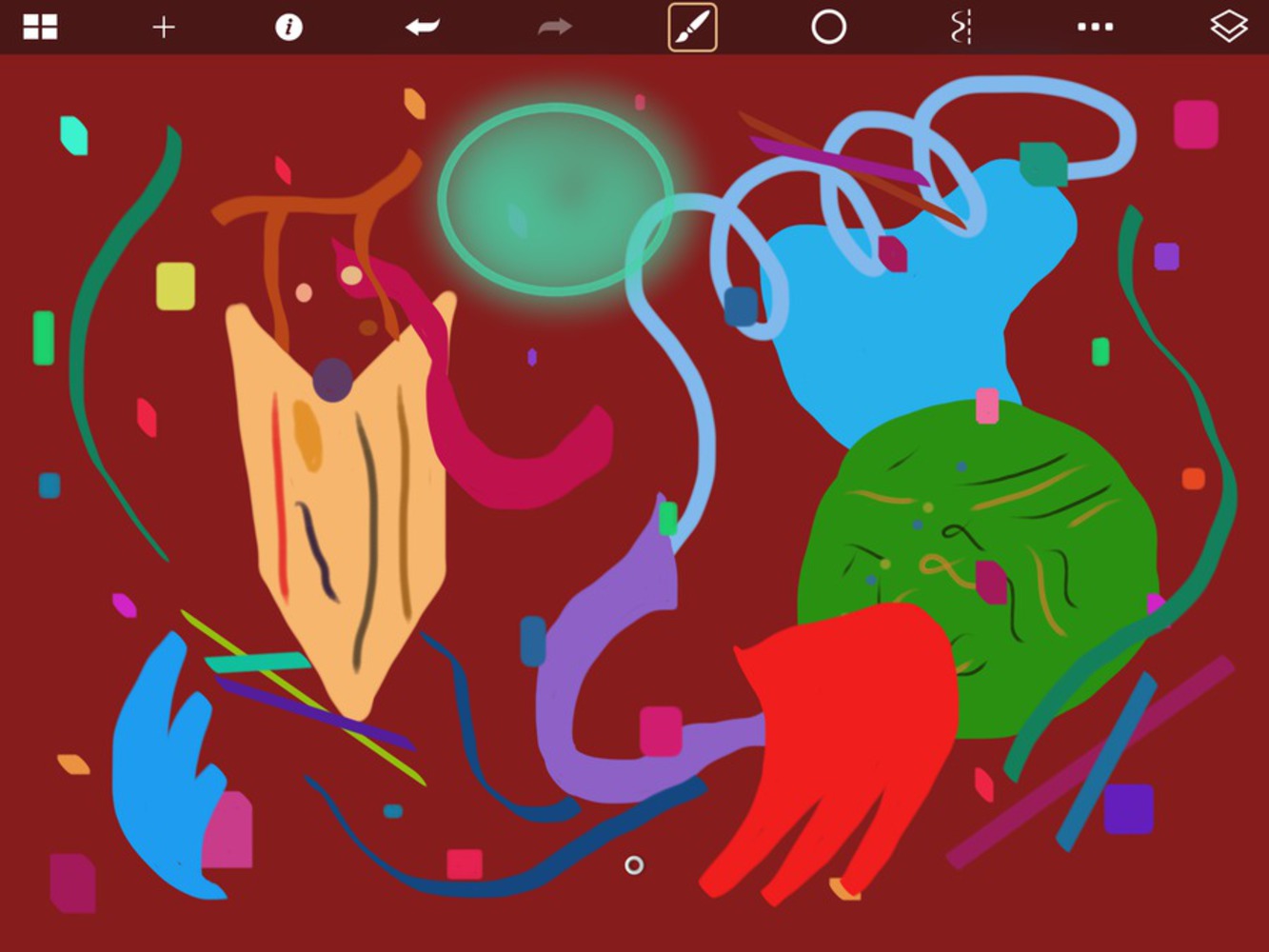Artist
Wassily Kandinsky was a Russian aesthetic theorist and a pioneering abstract artist in an era of representational painting. His work is marked by an exploitation of the evocative relationship between color and shape to communicate a universal sense of spirituality, a style reflective of his "inner necessity," or non-objective experience. Kandinsky's progression towards abstraction can be described as having three chronological phases, shifting from his early representational paintings with divine symbolism to bold, deeply emotional compositions to finally his later works dealing with geometric and biomorphic flat planes of color.

